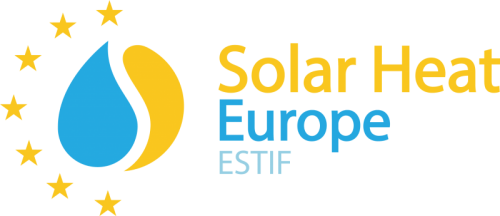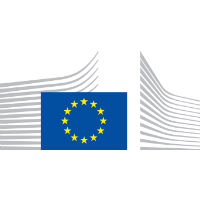The 2019 European elections to designate the new Parliament’s members (MEPs) took place between May 23rd and 26th. On the one hand, the EPP and S&D groups are still be the major political forces, but they experienced a strong decreased in their numbers and are not expected to compose the traditional “grand coalition”.
On the other hand, the former ALDE (now called Renew Europe) and Greens were the two rising forces of these elections, and they gained the third and fourth spot in the Parliamentary group ranking. One aspect that created some expectations before the EU elections were the growth of the populist forces, Another worrying trend was the raise of populist forces as Salvini in Italy and Orban in Hungary, but overall the populist wave expected by the media didn’t contaminate the whole continent.
The first two plenary meetings of the new Parliament took place in Strasburg during the month of July. MEPs were divided into members and substitutes of the EP committees and chairs and vice-chairs were officially appointed. The complete list of MEPs and their committees’ allocation are available on the EP website.
The Parliament elected Ursula Von der Leyen, Germany’s former Defence Minister, as the first female Commission President and the Italian David Maria Sassoli as substitute of Antonio Tajani as President of the EP for the next 2,5 years. Other EU top jobs were assigned to: the Belgian Prime Minister Charles Michel (Council President), former IMF Christine Lagarde (European Central Bank), the Spanish Foreign Minister, Josep Borrell (High Representative for Foreign Affairs). The following steps will include the nomination of new commissioners which will be taking office later on after the summer break.
For further questions or inquiries, contact us at info@solarheateurope.eu


Leave a Reply